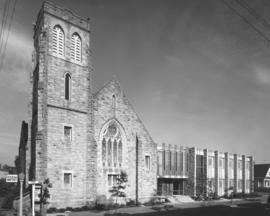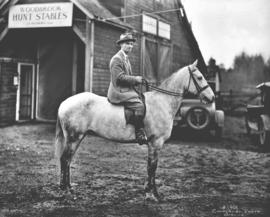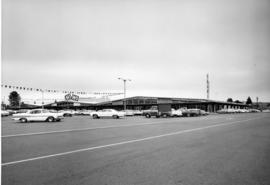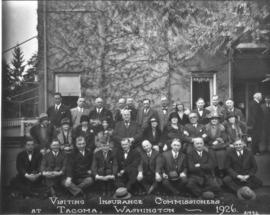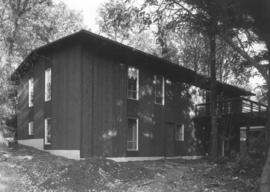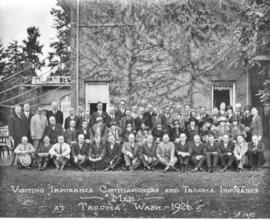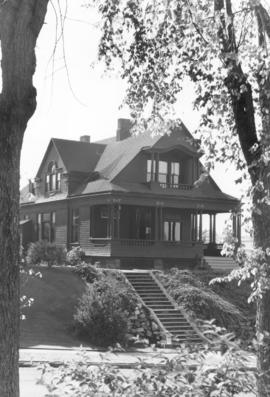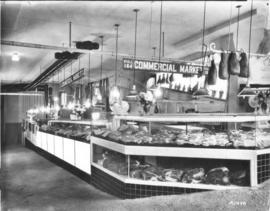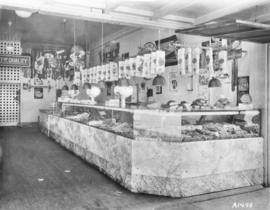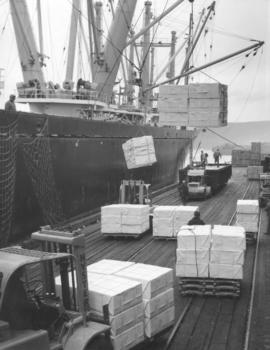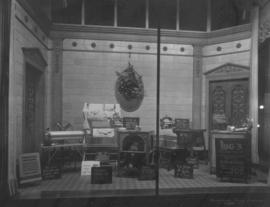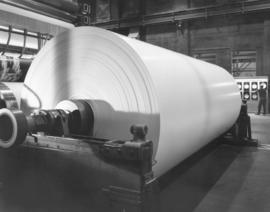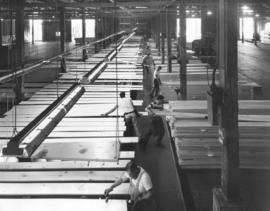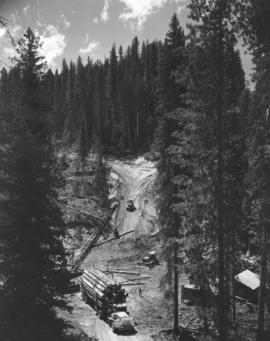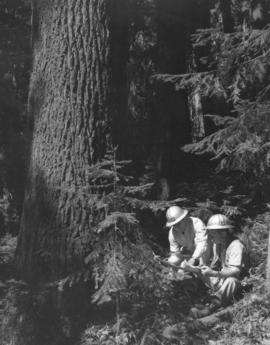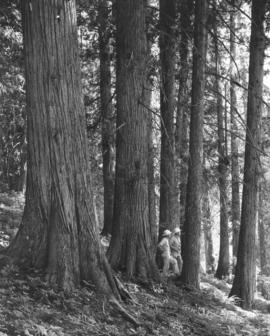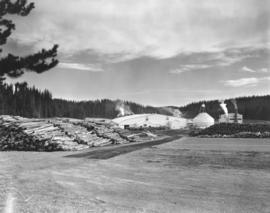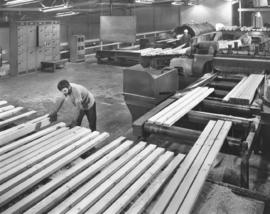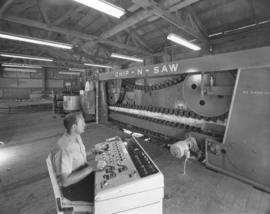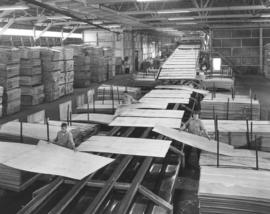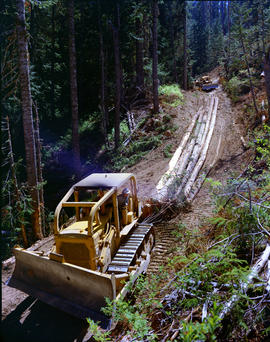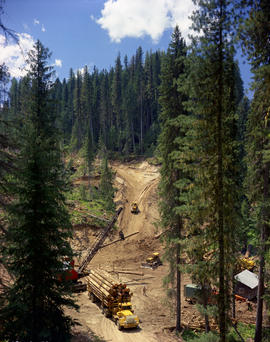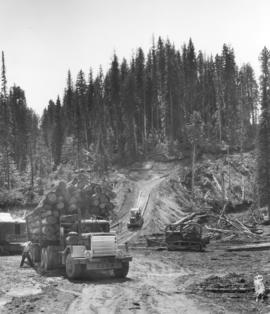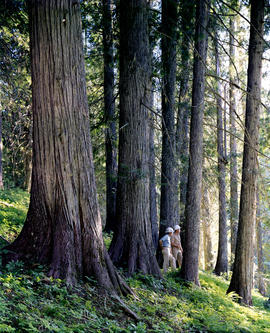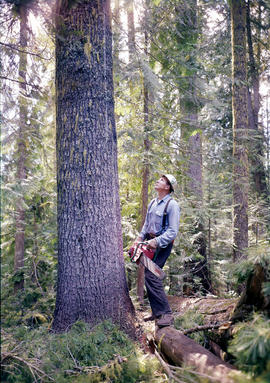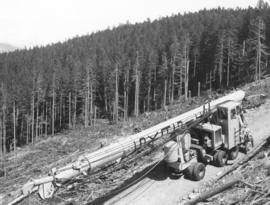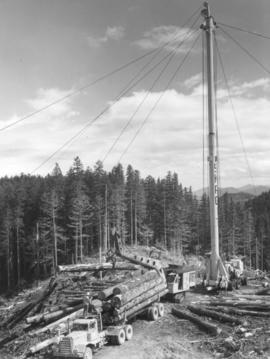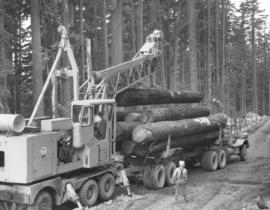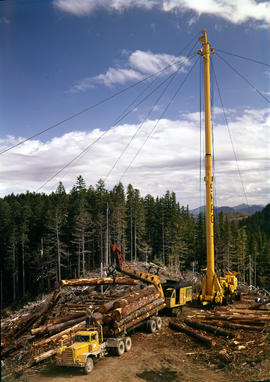Major J.E. Mathews, one of the founders of the Woodbrook Hunt Club, was photographed in December of 1926 mounted on a horse at the Woodbrook Hunt Stables. Major Mathews, a native of Victoria B.C., came to Tacoma in 1924 and opened his first riding academy at that time. As the Academy grew, he purchased 15 acres on Pacific Highway just outside of the city limits, believed to be across the street from the current B&I location, where he and Capt. W.C. Proby operated the Mathews Riding Academy. In 1926, assisted by T.H. Bryan, the Irish manager of Thornewood Estates and a hunt fanatic, he helped form the Woodbrook Hunt Club. As the city grew around his acreage, he purchased property south of the Army reservation, now McChord Air Force Base, in 1929 and moved his riding stable there. He offered the Hunt Club a two room shack on the property, which became their first clubhouse. (TDL 5/9/1926; TSL 6/27/1938; TNT 6/6/1976) (WSHS)
Horses--Tacoma; Woodbrook Stables (Lakewood); Mathews, J.E.; Mathews Riding Academy (Lakewood);
